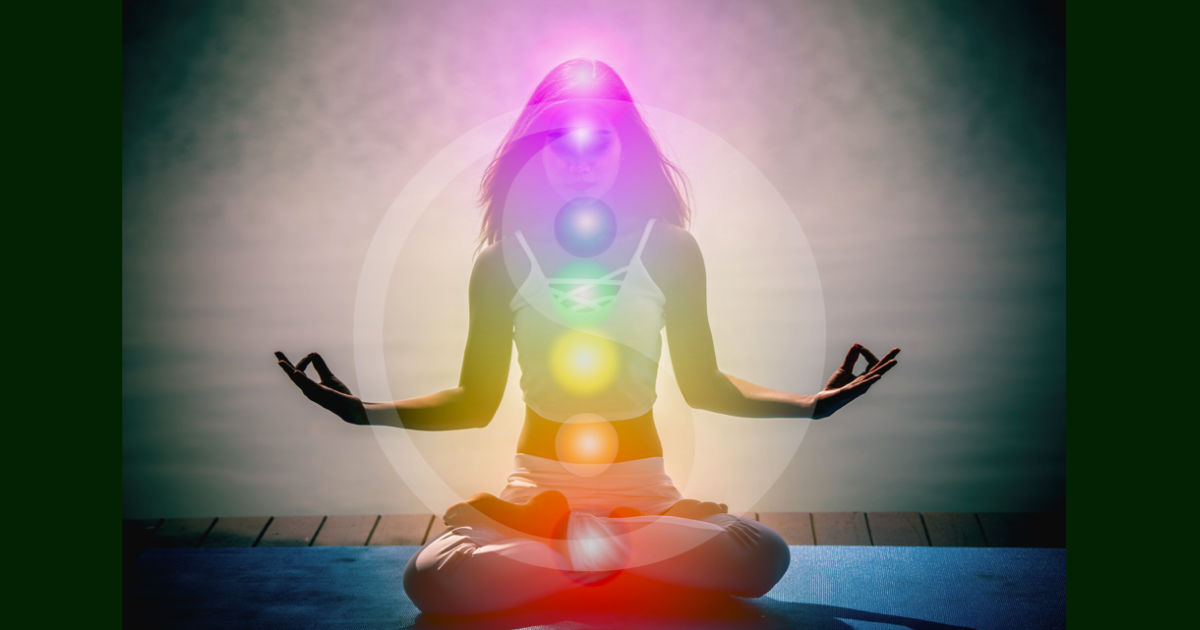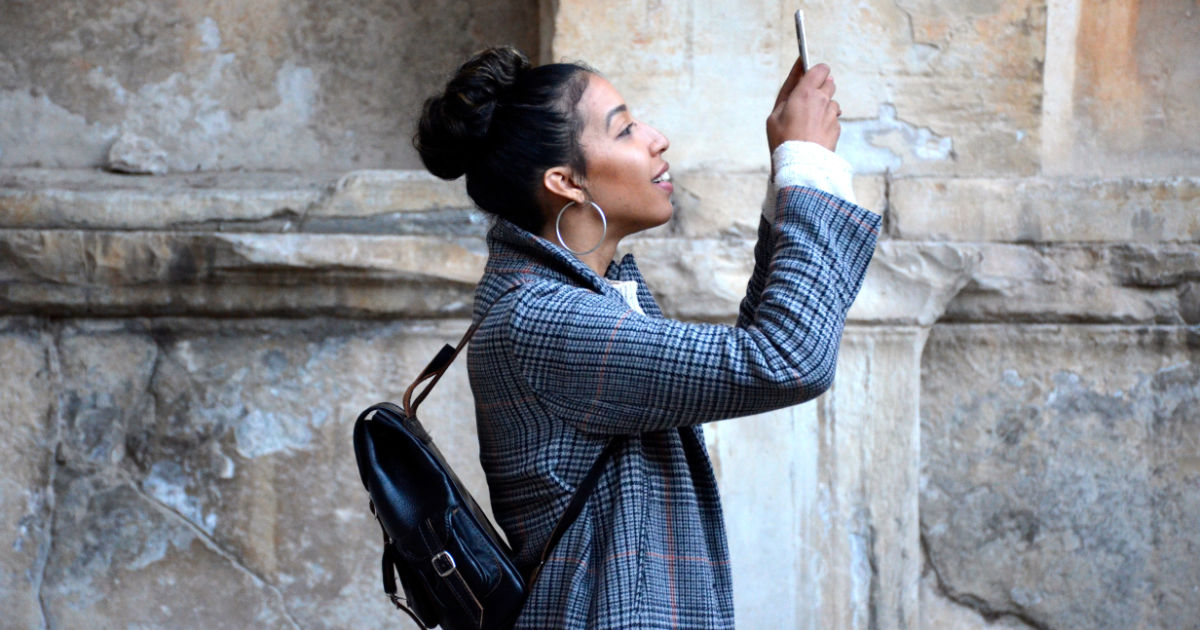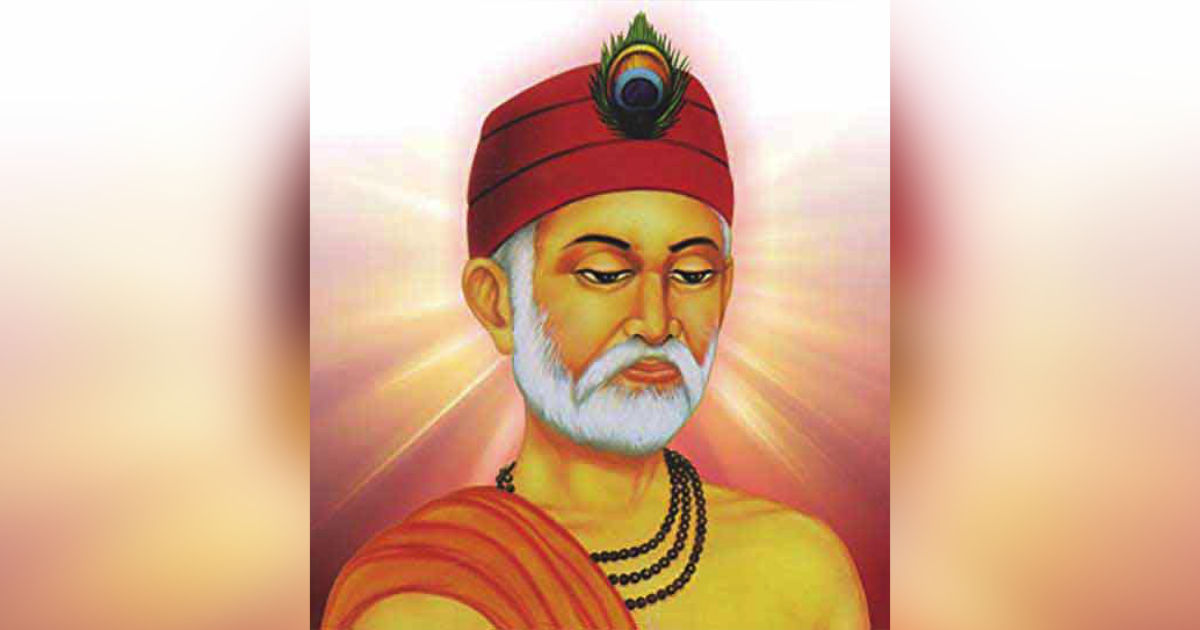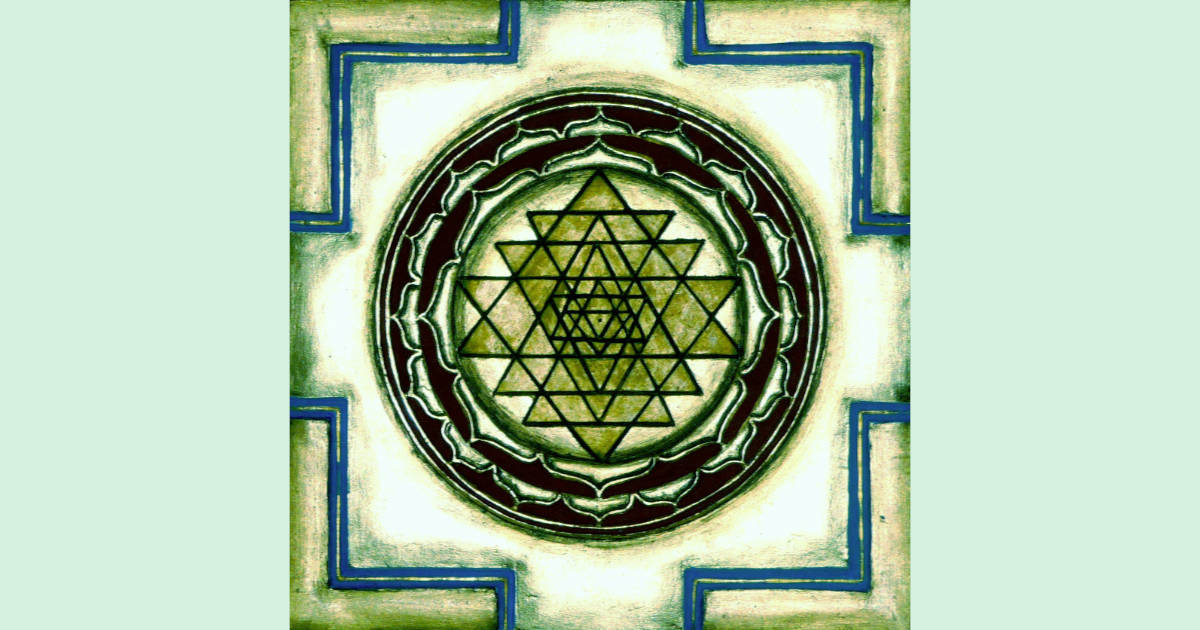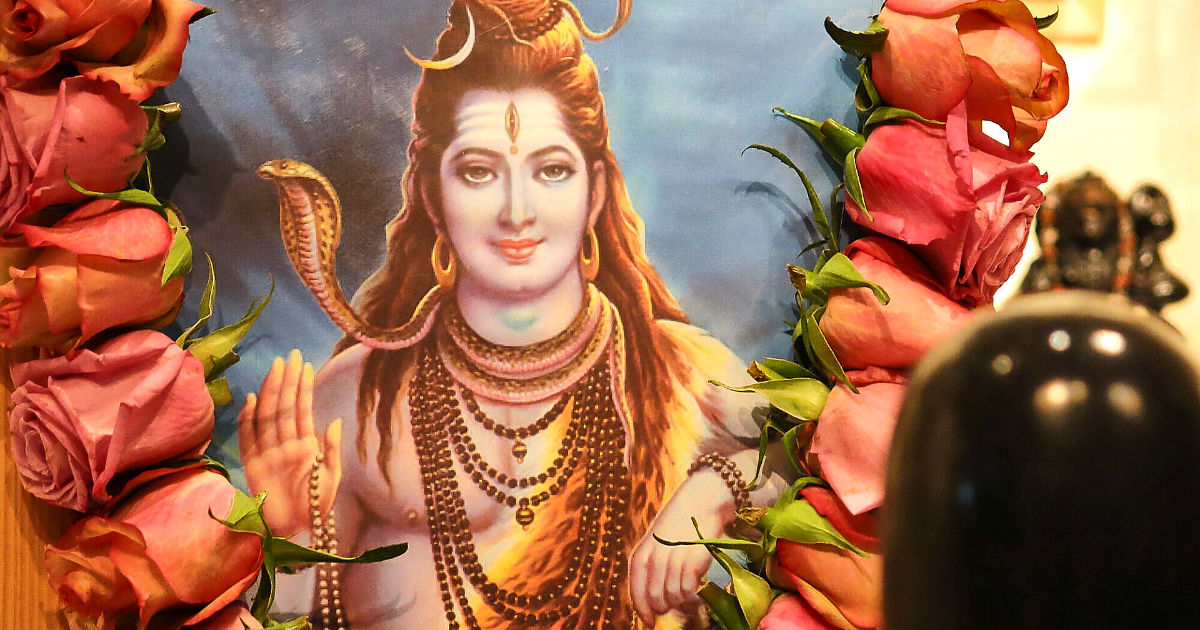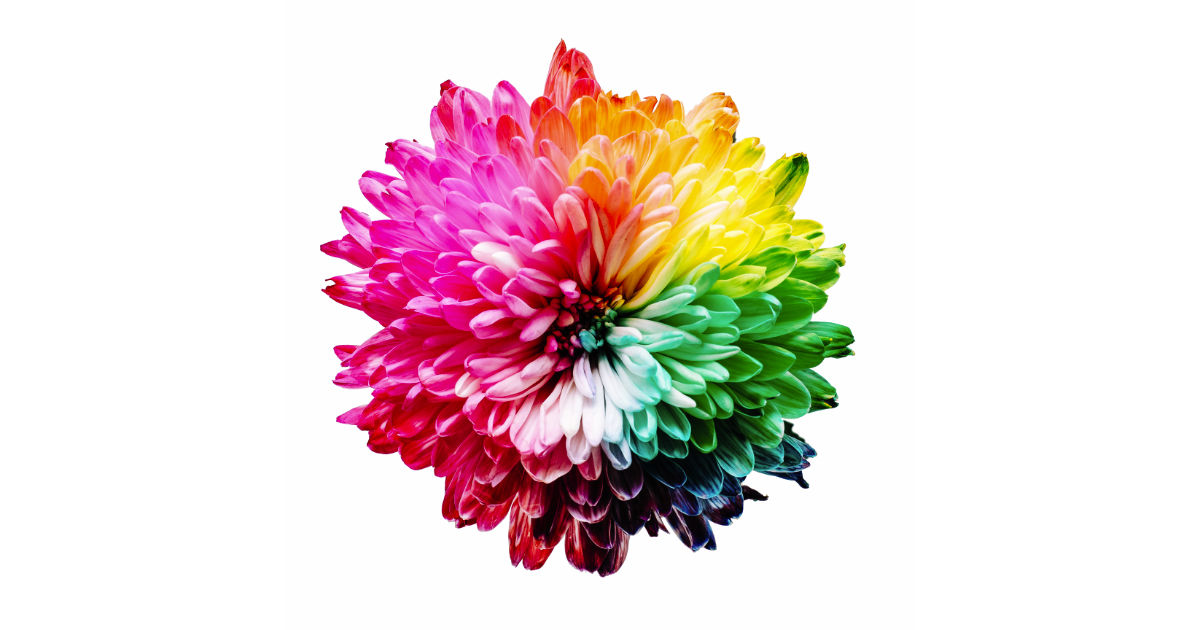The trishul in Shiva’s right hand represents the three Gunas – Sattva, Rajas and Tamas. It is his emblem of sovereignty. He rules the universe through these three gunas. The damaru in his left hand represents the Sabda Brahmin (transcendental sound). Continue reading
Tag Archives: anahata
692 – Can we face this catastrophe?
Is the loss of mobile phones, and loss of the internet a calamity? How many of us can survive without our phones and the internet. I see myself and I see others around me. I am unashamed to say that I rely on the internet for information and details. The phone is also essential. However, the question is how necessary is the mobile. Continue reading
604 – Look for bliss within
Kabir said,
Look for bliss within, not elsewhere.
Kabir invented the word ‘Avadhoo’, which means infinite, vast, expansive, boundary-less, unfathomable as ether. Avadhoo is also his name for the guru, when we pray to him. Avdhoota means one who does not wear any garments but in reality, is an individual who has stripped her/him/self-off all the layers of her/his mind—layers of delusions, ignorance, attachment, aversion and therefore one emerges as her/his true self. Continue reading
560 – Chant with your heart
Ajapa Japa Sadhana as explained by Swami Satyananda Saraswati.
When we chant, we are uttering from the mouth, when we chant from the heart, it is called Ajapa. Ajapa Japa is a complete sadhana and through it one can have direct experience of samadhi. Continue reading
370 – An immediate meditation practice
Concentrate on the mooladhara chakra. Practice ujjayi pranayama. While inhaling visualize the breath rising from the mooladhara in the spinal passage and reaching ajna chakra, directly behind the eyebrow center. Contract throat, hold breath for five seconds. Exhaling, mentally chant a-u-u-m-m-m-m-m. Feel the vibrations going down your spine and piercing visshudhi, anahata, manipura, swadhisthana and mooladhara in the spinal passage. Concentrate on mooladhara for five seconds. Then inhale and ascend again with the breath. Practice for ten minutes daily.
Given by Swami Satyananda Saraswati in Satsang in 1979.
Aim Hrim Klim
357 – Sound, Sabda and Vak
Sound is described as Sabda and Vak. It is the most ancient vibration, it precedes creation and is eternal. It travels through the air or another medium and can be heard when they reach a being’s ears. Sound is not heard by just by our ears, where there is motion or vibration of any kind that is sound according to Tantra. Continue reading
195 – Mesmerizing colours
Who does not love the colours of the seasons? There is no misunderstanding and there are no clashes. In the Hindu tradition, we have different colours for different days of the week. There are numerous arguments on the subject. Continue reading
187 – The thousand names of Devi
Lalita Sahasranama means the thousand names of the Goddess Lalita. The thousand names of Devi are chanted in adoration and salutation to the goddess. How would we describe the nature of the Shakti of Lalita. The word Shakti comes from the root shak, which means the divine power by which the universe is created, maintained and destroyed. Shakti and Shaktiman both mean the ruler and controller of the power. Continue reading
170 – Om Namah Shivaya
Om Namah Shivaya means, ‘I salute Shiva,’ and ‘I bow down to Shiva.’ According to Swami Niranjanananda Saraswati, there are six different mantras in Om Namah Shivaya: Continue reading
165 – Chidakasha Dharana
Chidakasha is the space behind your eyebrow centre. It is the centre of your past, present and future memories. Dharana means concentration and the sadhana is concentrating on the space between the brows. Continue reading
147 – The impact of sadhana on our elements and chakras
I have shared my understanding about the elements and chakras and how they affect our spiritual growth. We address our five senses, auditory, tactile, visual, gustatory and olfactory through the process of pratyahara. Our senses are constantly functioning, and our thinking is influenced by them. Continue reading
135 – How can we perform a Puja
There are five elements which comprise our offering to the deity. I write deity for the God as statue or image is a word used by persons who do not recognize the divine status. The puja can be conducted physically or mentally. Continue reading
131 – Remember and learn from your Gurus
We should try to remember our main Guru every day. Yesterday I wrote about the 24 gurus who gave Dattatreya, the son of the Holy Trinity, wisdom. The point this sage who lived thousands of years ago was making that we can learn discernment from anybody, be they humans or animals. He spoke about the elements which compose our mind, body and the universe. When we seek insight we have to purify ourselves. Continue reading

